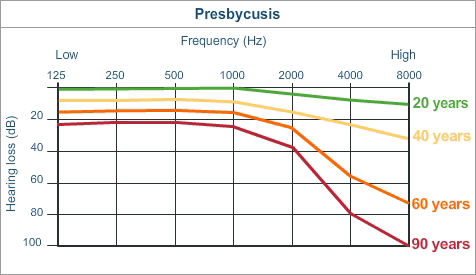Did he? Could you post a link please? I've only seen what Amir wrote in
https://www.audiosciencereview.com/forum/index.php?threads/statistics-of-abx-testing.170/
and comments on the 2014 study
https://secure.aes.org/forum/pubs/conventions/?ID=416
Did I read those incorrectly? Amir appeared to be supportive of the study.
I accept the "good faith" argument. Didn't realize it was some kind of "rite of passage" on this forum. Thanks for explaining.
Let me explain in turn why I don't believe it would be a particularly illuminating exercise.
15-10 years ago I was big time into something similar as an active audiophile: comparing CD and SACD sound quality, telling others that I can hear the difference, hearing back that it must be confirmation bias, or flaws in equipment, or different mixes for CD (bad) and SACD (good) etc. - pretty much the same arguments I'm getting on this forum from some of the members.
I was buying ever-better equipment, more CDs, more SACDs, was visiting other audiophiles houses with my CDs and SACD to test on their equipment, and so on. So I'm kind of chuckle hearing that I may be perceived lazy in pursuing the "truth" in this subject area, especially remembering the month during which I tested several high-end A-class amplifiers in the row: hauling and installing those iron behemoths was quite an endeavor.
After a while, I realized that I
could not indeed hear the difference if the music played wasn't sophisticated enough, especially if it didn't have many transients. As I already mentioned on this forum, four musicians or less playing traditional instruments, or singing, would make the CD and SACD versions sound equivalent to me.
I consider the "Joseph Haydn: String Quartet In D, Op. 76, No. 5 - Finale - Presto" to be a simple music piece, and I don't expect to hear any difference between the versions with different sampling rates available from 2L. When I have time, I'm going to find out whether they have something more sophisticated.
I also realized back then that some other people genuinely can't hear the difference, even on sophisticated pieces. And some yet other people claimed, but I didn't get to meet them in person unfortunately, that they can hear the difference irrespective of the type of music, as long as it was a commercial record rather than speech or test tones.
Indeed, nowadays it is easier to do the testing, with hi-res samples available for download. And I did this too, about six years ago if memory serves me. The result was that for half a dozen moderately sophisticated music pieces I could tell the difference between 44/16 and 192/24 better than by chance, but couldn't reliably distinguish either from 96/24.
A more comprehensive meta-study (
http://www.aes.org/e-lib/browse.cfm?elib=18296), combining 400 participants in over 12,500 trials reveals that there is indeed statistically significant difference, yet it is small, 5% at most.
With such extensive work already done by the researchers, I don't feel it makes much sense to me to participate in redoing studies of this type on a smaller scale.
For me, as of today, it is much more interesting to understand why the difference can be detected, and why the detection capability differs so much in different people.
Interestingly enough, studies implicating the role of timing identification precision differences appeared as early as mid-1990s, if not earlier. For instance:
http://www.aes.org/tmpFiles/elib/20190606/7217.pdf.
But still, even today on this forum, people don't believe me when I discuss that. I guess the full generation cycle is not over yet. 1997 + 25 = 2022. Let's wait and see ...
I don't enjoy putting people in awkward situations. I hoped that you'd re-read what I actually wrote and drop you inquiry. But if you insist, that's what I wrote:
"
Instead of repeating the study with higher precision, and either confirming or refuting its results, they started attacking the study methods. Even if a method was flawed, it is still unclear to what degree this affected the result. So, in the minds of these attackers, they had their "proof" that the study is invalid, without doing the legwork."
The meta-study I referred to above, done in 2016, a year and a half after the 2014 study, is an example of such "legwork", done with higher precision. It didn't overturn the results of the 2014 study, yet could have. That's the right way to do it in science.
I hope we are square now. Peace?




